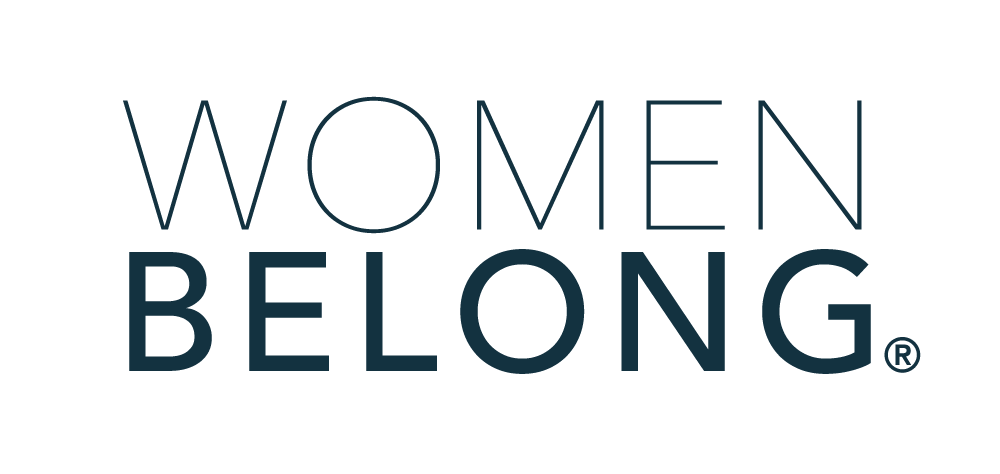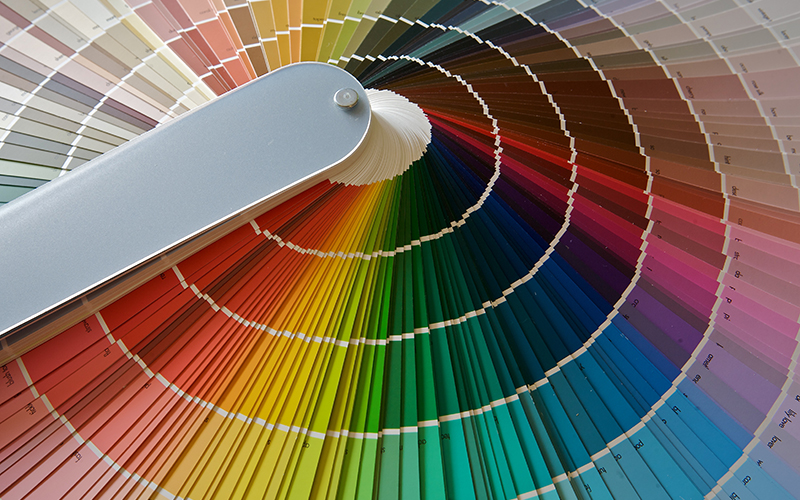The graphic and web design worlds are filled with acronyms and industry terms. For small businesses, it can be hard to decipher what they all mean, unless you’ve had some training. I’ve compiled a short list of some common terms with definitions to help you understand what they mean, and why they’re important to know.
CMYK: This stands for Cyan Magenta Yellow and Black, which are the four colors of inks used in 4-color process printing. These four inks, combined in various amounts, can represent pretty much any color in your printed materials. Any images or artwork that you’ll be sending to a commercial printer for digital or traditional offset printing should be saved in CMYK format.
RGB: This stands for Red Green and Blue. These three colors combined make up the colors of the digital world. All of your images and artwork for the web or digital communications should be saved in RGB format.
EPS: This stands for Encapsulated PostScript. What that means isn’t critical, but what you do need to know is EPS files are the best format for logos. EPS files are often vector-based illustrations, which means you can scale them up or down without losing any quality. When creating a logo, make sure you have an EPS file in CMYK color format for printing.
JPEG: JPEGs are typically image files used for digital and web applications. They can have high levels of compression with vary little discernible data loss, which makes them perfect for the web where small file sizes are critical. It’s not a good idea to enlarge a JPEG file more than 20%, as you will compromise quality, and the image will start to look pixilated.
Resolution: This is critical for determining the quality of an image. Images with a higher resolution have smaller pixels. Smaller pixels mean a smoother, better-looking image. For print, you should aim for a minimum resolution of 300 DPI (dots per inch) at 100%. For the web and digital applications, lower resolution images are fine. The ideal resolution for web and digital is 72 DPI or PPI (pixels per inch).
Bleed: This is a printing term for when an image, color or pattern is extended all the way to the edge of the paper. You want to make sure you include extra image/color/pattern in your file, usually 1/8” on each side that will have a bleed, to ensure when the piece is trimmed that there won’t be any white borders showing.
If you have any questions about file formats, I’d be happy to help! There are no dumb questions. Feel free to email me at jennifer@redsealdesign.com.
Content provided by Women Belong member Jennifer Strezo











































 Introductions - Members Only
Introductions - Members Only Unleash Your Marketing Swagger: Crafting an Authentic Strategy for Customer Engagement
Unleash Your Marketing Swagger: Crafting an Authentic Strategy for Customer Engagement Women Belong Book Club
Women Belong Book Club Women Belong Book Club
Women Belong Book Club Harnessing AI to Boost Your Social Selling
Harnessing AI to Boost Your Social Selling